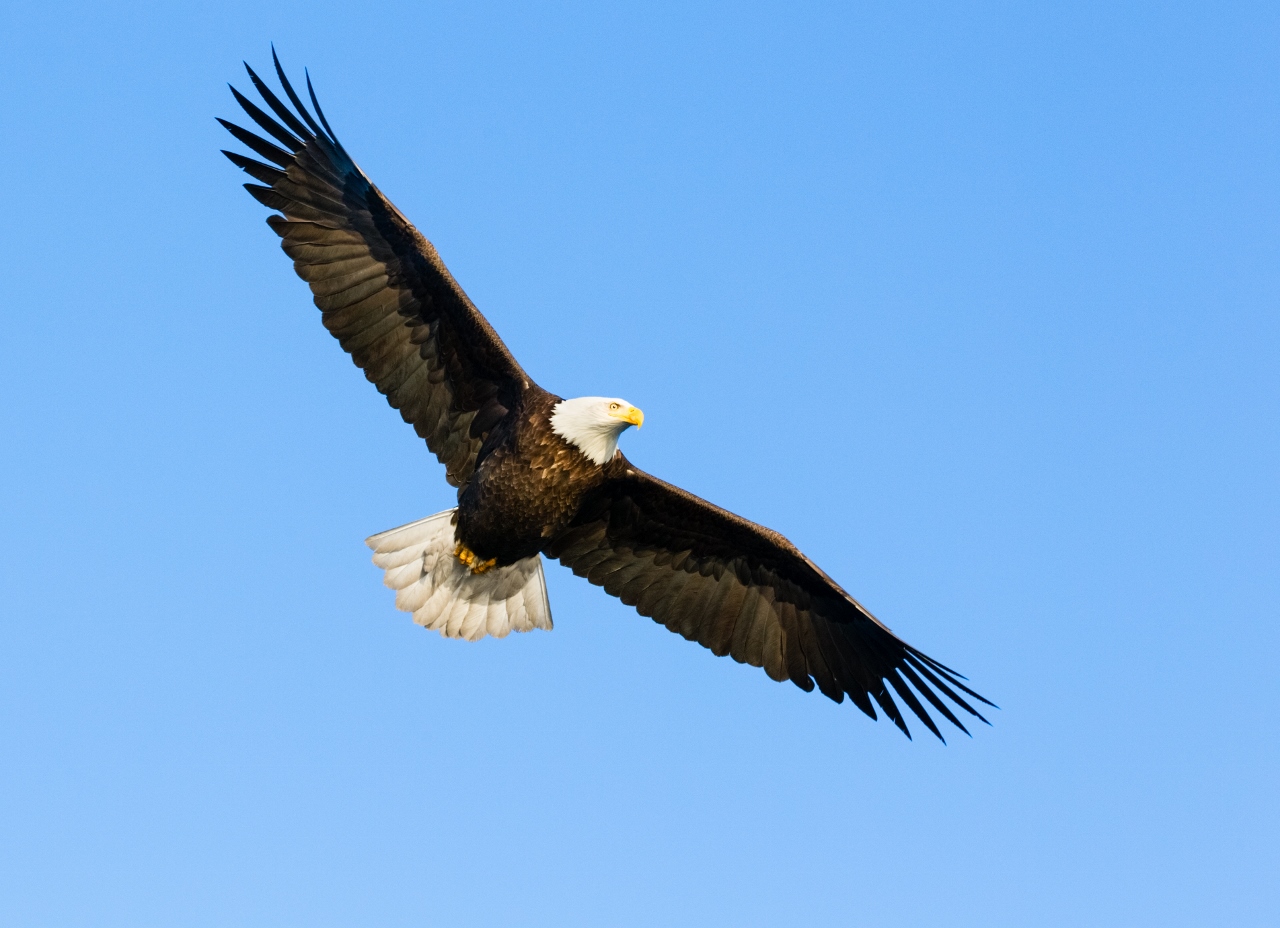The highest flying bird is the bar-headed goose, which can reach altitudes of up to 23,000 feet. Known for its remarkable ability to withstand thin air and low oxygen levels, the bar-headed goose is a true high-altitude champion.
This species is native to Central Asia and migrates over the Himalayas, navigating through the world’s highest mountain range. Its remarkable flight capabilities have fascinated scientists and bird enthusiasts alike, as it defies the limitations imposed by high altitudes. We will delve into the characteristics and adaptations that enable the bar-headed goose to soar at such extraordinary heights.
Whether you’re interested in bird biology or simply amazed by nature’s wonders, the bar-headed goose is sure to inspire awe and admiration. So let’s explore the fascinating world of this highest flying bird.

Credit: today.ucsd.edu
Bird Flight: An Evolutionary Marvel
Bird flight is an amazing evolutionary marvel, with adaptations that enable birds to soar high. These adaptations include specialized wing shape and structure, allowing birds to maneuver through the air effortlessly. Birds also have efficient breathing and circulatory systems, ensuring they have enough oxygen and energy for sustained flight.
The shape of their wings helps generate lift, while their lightweight bones enable them to stay airborne. Additionally, birds’ streamlined bodies minimize air resistance, enhancing their ability to fly efficiently. With these remarkable adaptations, birds can reach impressive heights and travel vast distances, making them the highest flying creatures.
From their aerodynamic features to their optimized physiological systems, birds truly exemplify the wonders of evolutionary flight.
The Science Of Bird Flight
Bird flight is a topic that has fascinated scientists for centuries. The science behind bird flight involves understanding aerodynamics and lift. Birds can achieve flight through both flapping and soaring, utilizing the air currents and thermals to stay aloft. Aerodynamics and lift are crucial in enabling birds to stay airborne and travel long distances.
By flapping their wings, birds generate lift and thrust, propelling themselves forward. This motion creates the necessary airflow over their wings, generating the lift required to counteract gravity. On the other hand, soaring flight allows birds to take advantage of rising air currents and thermals, effortlessly gliding through the sky.
By understanding these concepts, we gain insight into how birds achieve the highest flying abilities. By adapting to their environments, birds have evolved unique flight capabilities that continue to amaze and intrigue. The study of bird flight not only highlights their remarkable abilities but also provides valuable insights into aviation and aerodynamics.
The Remarkable Abilities Of The Highest Flying Bird
The highest flying bird possesses extraordinary abilities that captivate our interest. These avian creatures soar at impressive altitudes and cover vast distances, showcasing their remarkable flight skills. Various species of birds have different capabilities when it comes to flying at high altitudes.
They effortlessly navigate through the sky, defying gravity and leaving us in awe. These birds set altitude and distance records that seem almost unimaginable. However, their flight patterns are not solely dependent on their physical abilities. Environmental factors play a crucial role in influencing their flight patterns.
Factors such as wind currents and air density determine their course and duration in the air. It is fascinating to witness how these magnificent creatures adapt to the ever-changing conditions of the sky. The highest flying bird truly demonstrates the beauty and marvel of nature’s creations.
Conclusion
The highest flying bird in the world is the bar-headed goose. With the ability to reach altitudes of up to 30,000 feet, this incredible bird has adapted to thrive in high-altitude environments. Its unique physiology and efficient oxygen utilization allow it to navigate across the towering peaks of the Himalayas during its migratory journeys.
The bar-headed goose is a testament to the remarkable capabilities of birds and their ability to conquer the skies. Studying these high-flying birds not only reveals their extraordinary adaptations but also sheds light on how other species may adapt to challenging environments.
By understanding the bar-headed goose’s flight mechanisms, scientists can gain valuable insights into aviation technology and aerodynamics. As we delve deeper into the world of birds and their remarkable abilities, the highest flying bird continues to captivate our attention and inspire us with its exceptional feats.







